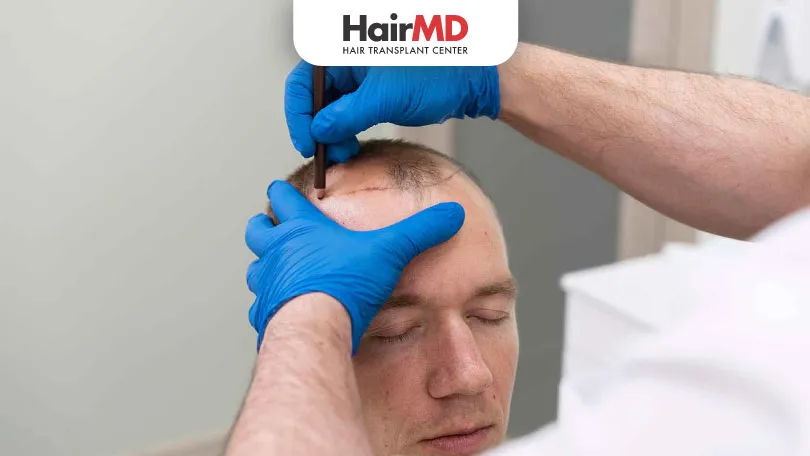If you are thinking of hair transplant but worried about shock loss or shedding after hair transplant? This blog will help you understand more about the procedure and what you can expect so you can make an informed decision.

Table Of Content
- Shock loss after hair transplant: When and why does it occur?
- Conclusion
Shock loss after hair transplant: When and why does it occur?
Conclusion
Popular Q&As
What is the Cost for Hair Transplant in India?
If you are confused about the hair transplant cost in India, then know more about the different prices for hair transplants here!
FUE vs FUT: Which one is a Best Method of Hair Transplant?
Considering a hair transplant but unsure whether FUE or FUT is better? You’re in the right place! Let’s explore the differences and help you make the right choice.
What are the Precautions Before Hair Transplant?
All of us are familiar with hair transplant, planning to go for a Hair Transplant. Let’s see what all pre-hair transplant precautions we should consider.
We Got Your Back! Ask Us Anything On Your Mind!
Reach out to us on


